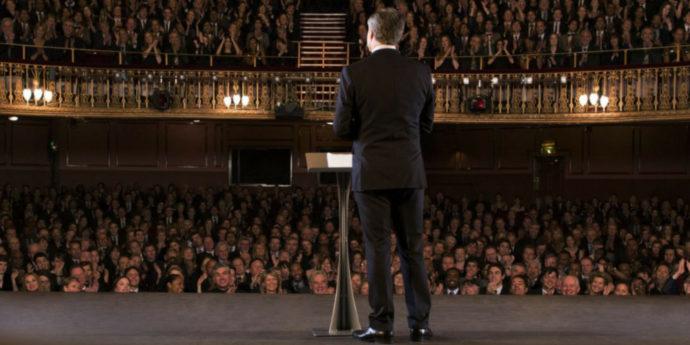This is part 2 in the series of How to build confidence. I suggest that you read Part 1 if you haven’t already done so.
Why is it so important to know both our strengths & weaknesses, why is it just not enough to know what makes us stronger? Can’t we simply ignore our limitations and keep moving? Why? Why? Why?
The best part about the thought above is the “Whys”. You wonder “why”?
If you are questioning yourself, that means you are thinking, analyzing, strategizing and evolving. It’s almost like doing market research on self. What is your best product and how can you optimally sell it?
The inability to identify our skills and flaws, keeps us in the middle comfort zone of mediocrity. That zone where we would neither be wanted, nor discarded. If we want to step out of that zone of mediocrity, we need to know what we are working with.
If you are eager to know the answers to all the questions above, that’s a great sign. You are ready to break barriers, to take chances, to explore opportunities and to embrace the outcomes, no matter what!
Let’s get started:
Rule # 1
SEEK OPINION
How do I look?
Yes! That’s not being superficial. Packaging matters. Before you say or do anything, it’s how you present yourself that catches attention. Most people know what looks good on them, many follow the fashion trend. Please know that what looks good on a model or a mannequin, may or may not work for your body type. It’s not what you wear, it’s how you wear it.
Ask people who you trust, for their opinion. People too close to us may be biased and may not always be honest with their feedback. Judge sensibly.
How do I sound?
Now that we’ve checked out our physical appeal, let’s move on to more substantial attributes. Sound check-Voice quality, projection and modulation would be the next thing to check on. Ask people whose honest feedback you can rely on, if you need to work on your voice/pitch etc.
How did I do?
Feedback from closest friends, reliable peers and superiors would matter significantly. Whether it’s your knowledge of your content, your presentation style, your ability to demonstrate, inform, educate etc., or the ability to connect with others; see how others are doing it, especially if you like someone’s way of conducting themselves. Be mindful however, one size does not fit all in this case, and you must know yours to be able to enhance and improve.
Could I have done better? How?
Listen to all critique but pay more attention to one that is followed by a solution or a suggestion. People who really matter would always point out the skills that you have whilst pointing your weaknesses.
Challenge yourself to step out of your comfort zone. Take risks. Evaluate your performance and experience. If you did well and enjoyed doing it then it’s most likely up your alley. Seek feedback and align your critique with outside feedback and then judge.
Log all the information that you’ve gathered having gone through the process above. Remember, this is “research & development” process of self
Rule # 2
Know your strengths
In your academic or professional skills, identify what subjects or information is of your interest. The degree of this interest level should be borderline passionate about one of more things/skills.
The more you enter the pool, the more you will swim; the more you swim, the more chances that you will try different strokes and swim styles. More of the same activity will give you the chance to analyze if you are good at it, enjoy it and eventually grow with it. If the satisfaction of input and output from an activity is not optimal then try something new. Do know that persistence and practice does pay off, so don’t jump ship too soon.
We are all good at something or the other. While many professional skills may match or parallel with the others, your interpersonal skills will differ. Stay sharp!
Rule # 3
Know your weaknesses
You may already be aware of some issues or flaws in yourself. Do not hesitate to continue applying yourself fully. There can only be three consequences: one, you may discover that you were not so bad after all, or, it was easy to overcome; two, you may actually overcome your flaws and become good at a new skill that you thought you didn’t have; three, you may conclude that this isn’t for you and move on to something else. It’s a win win either way. There can neither be growth nor resolution if we bury our heads in the sands of apprehension and self-doubt.
You must know what you are working with (your own positives and negatives), only then can you make the right choices in accepting tasks and responsibilities.
Everyone has their own issues and struggles so do not indulge in self-pity if you feel weak in a certain area.
In conclusion, I would say that the best way to find your strength is to DARE. Dare to take up tasks that scare you. That’s how you’ll become fearless and discover your real potential. Don’t take critique on face value. Analyze & evaluate. You can watch, hear, learn, aspire; but in the end, this act of yours will have to be choreographed, produced, directed and enacted by YOU!
YOU only can make your own blockbuster!
In the next article, I will talk about how not to be bogged down by other people’s opinions.
This is part 2 of series on How to Build Confidence. Stay tuned for more. Click here to read the Part 1.



